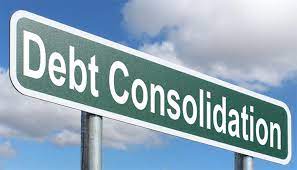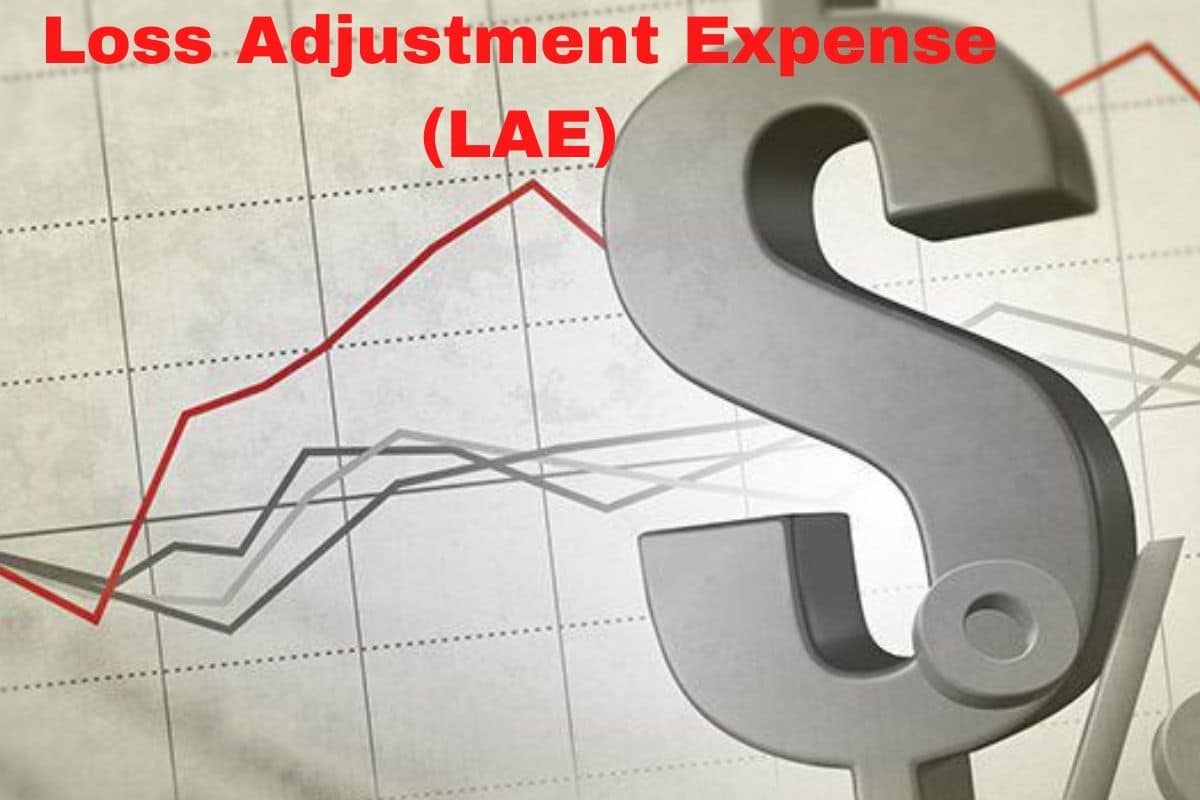What is the difference between paying a statement balance and a current balance? If you’ve had an issue over the years with differentiating these two, then obviously this post is for you. We will go over basically every detail in this comparison between the statement balance and current balance (simply put; paying a statement balance vs current balance credit card).
What Exactly Is a Statement Balance?
Your statement balance is the amount you owe at the completion of a payment period, which usually lasts 20–45 days. Consider it a monthly overview of your account. It is the sum of all transactions, fees, interest, and overdue balances. Plus, fewer payments or credits were made since the last statement.
Clearing it off on or before the deadline each month can prevent you from making extra payments. It’s also worth noting that once calculated, the statement balance remains static until the end of the next payment period.
What Is the Definition of Current Balance?
When viewing your online account, the current balance is the sum of all charges and interest, payments on your account. Consider it a near-real-time snapshot of what you owe.
It is likely to modify each moment you utilize your card. Pending purchases, on the other hand, aren’t displayed in your current balance till they post.
Paying it in full will momentarily erase the balance on your card. However, pending transactions, fees, and interest charges may show up later and necessitate extra payments.
Statement Balance Vs Current Balance: The Difference
The difference between the two (current balance vs statement balance) is that the current balance is the total sum owing on the credit card currently. Whereas the statement balance only shows the expenditures and payments made during the most recent billing cycle.
Your current balance and statement balance may fluctuate based on how you utilize your credit card, when you make transactions, and how frequently you check the summary of your account balance.
This is due to the fact that your current balance is constantly updated based on your account activity to display your purchases, payments, deposits, and interest immediately after your current billing cycle has ended.
Ensure to check your account online to determine if your current amount is more than your statement balance. However, that must be when you have made some transactions after your last billing cycle.
For instance, if your card’s payment cycle is between the 1st and 28th of the month and you made $1,000 in expenditures throughout that time, your statement balance as of the 28th will be $1,000.
If you subsequently use the card to make an extra $500 transaction on the 29th of the month, your statement balance will remain at $1,000. But your current balance will be $1,500 since the extra $500 was paid after your billing cycle ended.
The same would be true if you made a payment after your billing cycle had concluded but did not make any more purchases. In this instance, your current balance is likely to be less than your statement balance. (paying statement balance vs current balance, know how to balance the two)
How Your Credit Score Can Affect Your Balance
After each payment cycle (ie, paying statement balance vs current balance) credit card companies normally send your balance data to credit bureaus. However, each company’s specific timing may change. Furthermore, your credit report displays the balance on your card at the time the issuer filed the information. And it may differ from your most current statement balance.
Credit-scoring agencies also use your credit utilization percentage when computing your credit score. As a result, your credit card balance at the moment will have an effect due to the report to the agencies.
Also, your credit usage ratio compares the amount of credit you’re utilizing to the amount you have available. Specialists suggest keeping your credit use below 30% of your available credit, according to the Consumer Financial Protection Bureau.
While it is not always necessary. Paying down your existing load might help reduce your credit utilization ratio. Which may help boost your credit score.
Statement Balance vs Current Balance Credit Card: How to Determine It
On your monthly credit card statement, you will find your bill balance. Most lenders will provide this to you in the mail or electronically if you request it.
Because your current amount can vary in real-time. Logging into your online account will provide you with the most up-to-date information.
When utilizing the Capital One Mobile app, it’s also simple to find your statement balance and current amount with your credit card (that is, statement balance vs current balance credit card). After logging in and launching the app, tap the Capital One credit card icon. At the top of the screen, the homepage will show your current balance and available credit.
Paying Statement Balance Vs Current Balance: Which One to Pay?
To avoid incurring interest, you do not have to pay off your entire current debt. Simply the statement balance on your credit card account. Paying the sum in full on a regular basis on the due date will prevent you from paying extra or late fees.
If the charges you’ve incurred since your last payment cycle have resulted in more debt than you’re ok with. Paying off your existing load as soon as possible may assist improve your credit usage ratio and credit score.
If you are unable to pay your full bill debt, make at least the minimum payment. This can assist in keeping your account in good standing and protecting your credit score. Furthermore, there are usually no late fees or fines.
Capital One’s Mobile app also allows you to set up automatic payments and bill reminders. These can assist you in making timely payments, understanding your balance, and keeping your account in good standing.
Statement Balance Vs Current Balance: How To Determined Minimum Payment
Banks compute minimum payments slightly, but most typically, a “floor” is set, often $25 or $35. Which is the least minimum payment you’ll be billed.
If your statement balance is less than the threshold, nevertheless, your minimum payment will equal the entire balance. If the threshold is $35 but your credit is $11.95, your minimum payment will be equal to your statement ratio of $11.95.
Statement Balance Vs Current Balance: Result of Paying Just the Minimum Payment
Although it’s vital to make at least the minimum payment. Carrying a balance from month to month is not recommended because you’ll accrue interest charges. (Unless you’re taking advantage of an introductory 0% APR) and risk going into debt.
The Credit CARD Act of 2009 requires card issuers to display a “minimum payment notice” on each billing statement. This is frequently depicted by a table that shows you how long it will take to clear off your balance. And how much you will end up spending (with interest) if you merely pay the minimum. There will occasionally be an illustration showing what occurs. That is if you pay more than the minimum and the subsequent lower interest costs.
Statement Balance Vs Current Balance: Keeping Track
Understanding the distinction between your statement and current balance can assist you in managing your account.
The balance on your statement represents an overview of your last billing period. And paying off your statement and current balance every time will help you save money on interest and improve your credit card usage ratio. If you cannot pay off your entire statement balance, make at least the minimum payment before the deadline to keep the account in good condition.
The current balance represents the most recent overview of your credit card activity. Keep an eye on it because you’ll have to make payments on it someday. Furthermore, depending on when your debt is sent to credit bureaus, it may have an influence on your credit report, credit utilization, and credit score.
Statement Balance Vs Current Balance: Discover Your Balance
Your financial decisions will eventually determine whether you’re paying your statement balance in full or settling your current balance monthly. Paying your current balance before it forms part of your (vs) statement balance is a good idea if you intend to do for a trip or similarly be out of reach so you don’t miss a payment. However, it will not cost you anything to allow it to accumulate until your next statement. As long as you pay your bill balance on time and in full every month.
The objective is to grasp the distinction between the two balances so you can make the right decisions for better debt management, reaching your financial goals, and getting the most out of your credit cards.
Things to Take Note Of
The statement balance and current balance on your credit card are easily confused. They are, nevertheless, substantially different in how they monitor your credit card usage: The statement balance is your balance as of the statement closure date, but the current balance is a virtually real-time continuous count of your credit card balance, which becomes your new statement balance following your deadline.
Efficient handling of your current balance and your statement balance will directly lead to improving your credit score, minimizing interest, and maximizing your cash-back benefits.
Should I Pay Current Balance or Statement Balance?
Generally, you should prioritize paying off your statement balance. As long as you consistently pay off your statement balance in full by its due date each billing cycle, you’ll avoid having to pay interest charges on your credit card bill.
Why Is Statement Balance Different from Current Balance?
because your statement balance is the amount you owe at the completion of a payment period, which usually lasts 20-45 days. While the current balance is the sum of the charges, interest, and payments on your account.
Why Is My Current Balance So Much Higher than My Statement Balance?
Your current balance could be higher or lower than the statement balance, depending on the type of transactions you’ve made. You’ve probably made new purchases, and that increases your current balance. Or maybe you made an extra payment on your account, and it was posted after the closing date.
What Happens if I Only Pay the Statement Balance?
If you pay the statement balance, then any unpaid transactions will go on your next credit card bill. But you may want to opt for the current balance if your card has a low credit limit.
Should You Pay Off Your Credit Card before the Statement?
By making a payment before your statement closing date, you reduce the total balance the card issuer reports to the credit bureaus. That in turn lowers the credit utilization percentage used when calculating your credit score that month.
Can I Overpay My Credit Card to Make a Big Purchase?
It’s common to end up with a negative balance on a credit card account after accidentally overpaying a bill by a minor amount. On the other hand, your issuer may flag a large overpayment as a symptom of fraud. It’s not unheard of for people to pay significantly more than they should because they accidentally included a zero in their payment.
Conclusion
A statement balance is an amount you owe at the completion of a payment period, which usually lasts 20–45 days. Consider it a monthly overview of your account. It is also the sum of all transactions, fees, interest, and overdue balances, less any payments or credits made since the last statement. While, when viewing your account online, your current balance is the sum of all charges, interest, credits, and payments on your account. Consider it a near-real-time snapshot of what you owe.
- Why Do I Owe State Taxes: 5 Reasons You May Owe State Taxes & How To Pay It
- Why Do I Owe Taxes: All You Should Know, Updated
- FINANCIAL STATEMENT OF A COMPANY: Best 2023 Samples & Templates to Learn From
- Personal Loans vs. Other Lending Options
- LEGAL SOFTWARE: 33+ Legal software and programs
- Top Six Ways to Use Mobile Form Apps






